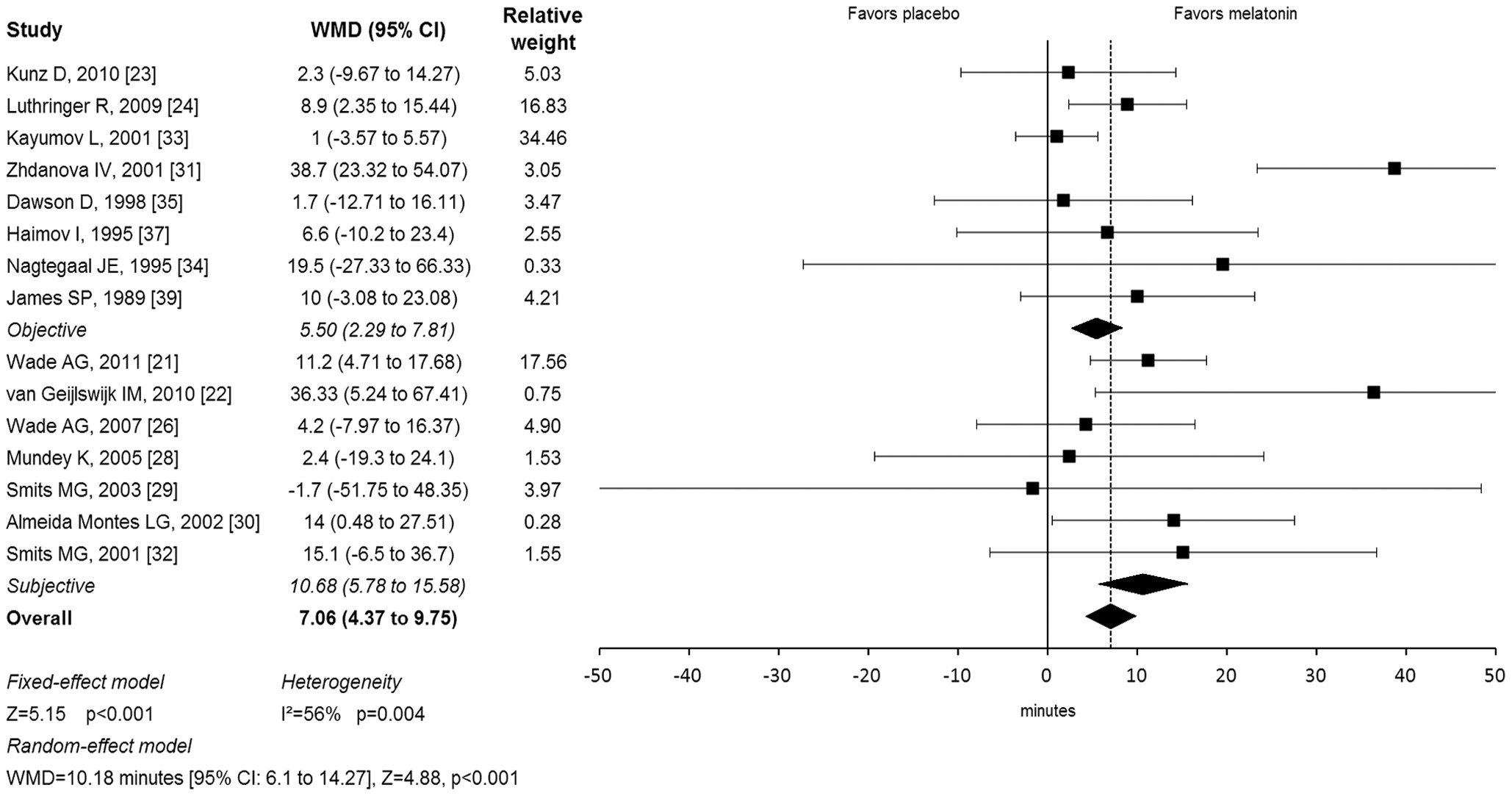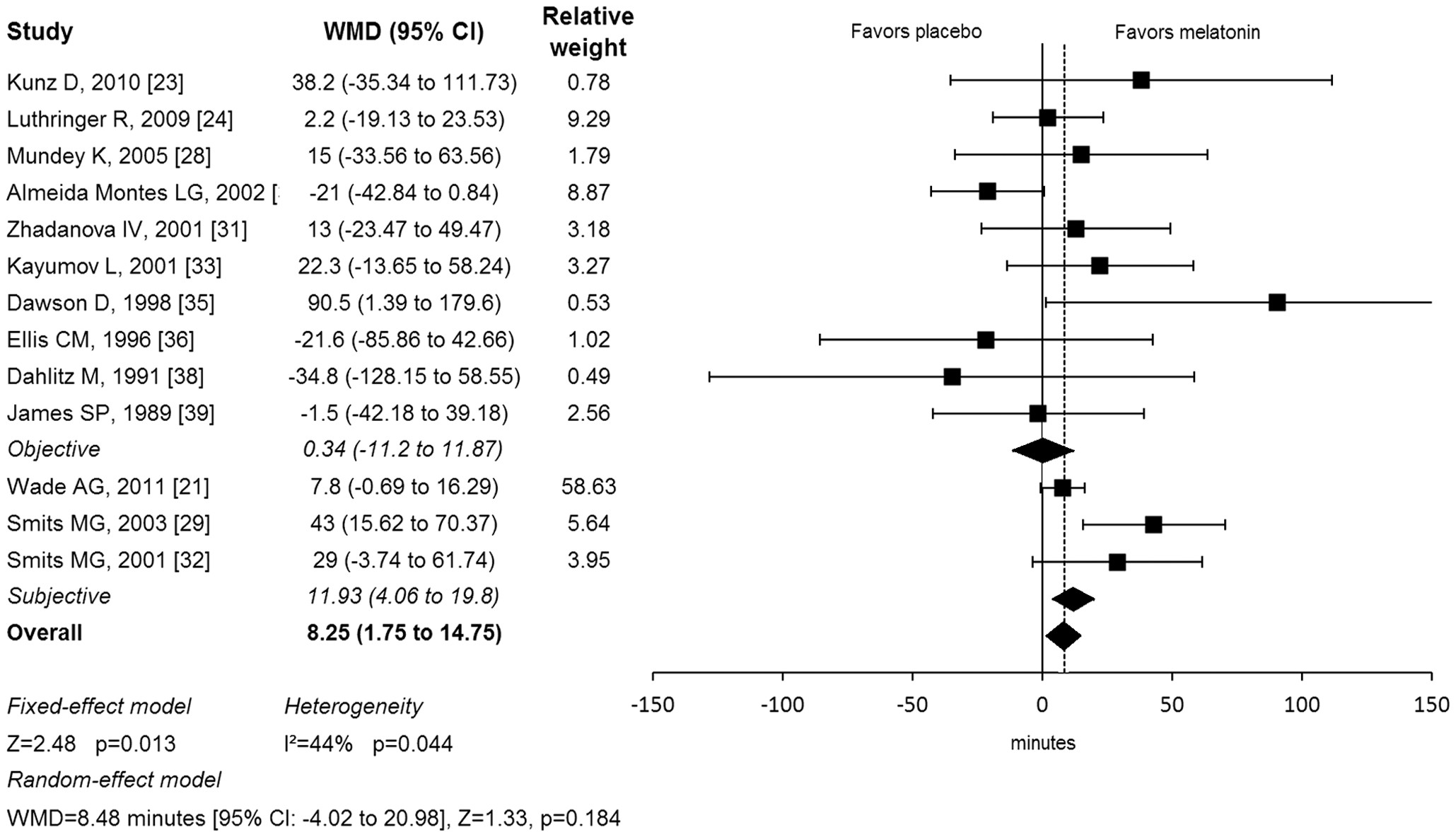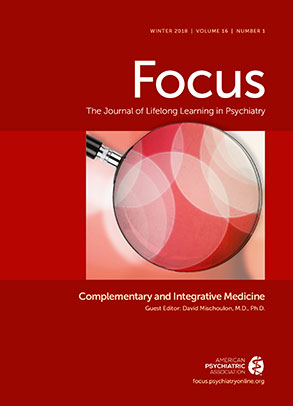Meta-Analysis: Melatonin for the Treatment of Primary Sleep Disorders
Abstract
Study Objectives:
Design:
Participants:
Interventions:
Results:
Conclusion:
Introduction
Methods
Selection of Studies.
Inclusion Criteria.
Meta-analytic Procedures.
Results
Included Studies.
| Author | Year | Sample Size | Age | Duration | Dose | Design |
|---|---|---|---|---|---|---|
| Wade AG [22] | 2011 | 746 | Adults | 21 days/182 days | 2mg | Parallel |
| Kunz D [23] | 2010 | 8 | Adults | 28 days | 3 mg | Cross-over |
| van Geijlswijk IM [24] | 2010 | 70 | Children | 7 days | 0.05 mg/kg, 0.1 mg/kg, 0.15 mg/kg | Parallel |
| Luthringer R [25] | 2009 | 40 | Adults | 56 days | 2 mg | Parallel |
| Garzón C [26] | 2009 | 22 | Adults | 126 days | 5 mg | Cross-over |
| Lemoine P [27] | 2007 | 170 | Adults | 21 days | 2 mg | Parallel |
| Wade AG [28] | 2007 | 354 | Adults | 21 days | 2 mg | Parallel |
| Mundey K [29] | 2005 | 13 | Adults | 28 days | 0.3 mg or 3 mg | Parallel |
| Smits MG [30] | 2003 | 62 | Children | 28 days | 5 mg | Parallel |
| Almeida Montes LG [31] | 2002 | 10 | Adults | 21 days | 0.3 mg, 1 mg | Cross-over |
| Kayumov L [32] | 2001 | 22 | Adults | 28 days | 5 mg | Cross-over |
| Smits MG [33] | 2001 | 40 | Children | 28 days | 5 mg | Parallel |
| Zhdanova IV [34] | 2001 | 30 | Adults | 28 days | 0.1 mg, 0.3 mg, 1 mg | Cross-over |
| Dawson D [35] | 1998 | 12 | Adults | 8 days | 0.5 mg | Cross-over |
| Nagtegaal JE [36] | 1998 | 25 | Adults | 28 days | 5 mg | Cross-over |
| Ellis CM [37] | 1996 | 15 | Adults | 7 days | 5 mg | Cross-over |
| Haimov I [38] | 1995 | 26 | Adults | 7 days | 2 mg | Parallel |
| Dahlitz M [39] | 1991 | 8 | Adults | 28 days | 5 mg | Cross-over |
| James SP [40] | 1989 | 10 | Adults | 14 days | 1 mg, 5 mg | Cross-over |
Sleep Onset Latency.

Total Sleep Time.

Sleep Quality.

Discussion and Conclusion
References
Information & Authors
Information
Published In
History
Authors
Metrics & Citations
Metrics
Citations
Export Citations
If you have the appropriate software installed, you can download article citation data to the citation manager of your choice. Simply select your manager software from the list below and click Download.
For more information or tips please see 'Downloading to a citation manager' in the Help menu.
View Options
View options
PDF/EPUB
View PDF/EPUBGet Access
Login options
Already a subscriber? Access your subscription through your login credentials or your institution for full access to this article.
Personal login Institutional Login Open Athens loginNot a subscriber?
PsychiatryOnline subscription options offer access to the DSM-5-TR® library, books, journals, CME, and patient resources. This all-in-one virtual library provides psychiatrists and mental health professionals with key resources for diagnosis, treatment, research, and professional development.
Need more help? PsychiatryOnline Customer Service may be reached by emailing [email protected] or by calling 800-368-5777 (in the U.S.) or 703-907-7322 (outside the U.S.).

